Written & Reviewed By:
Ayurvedacharya
Dr. Gaurav Pathare, BAMS
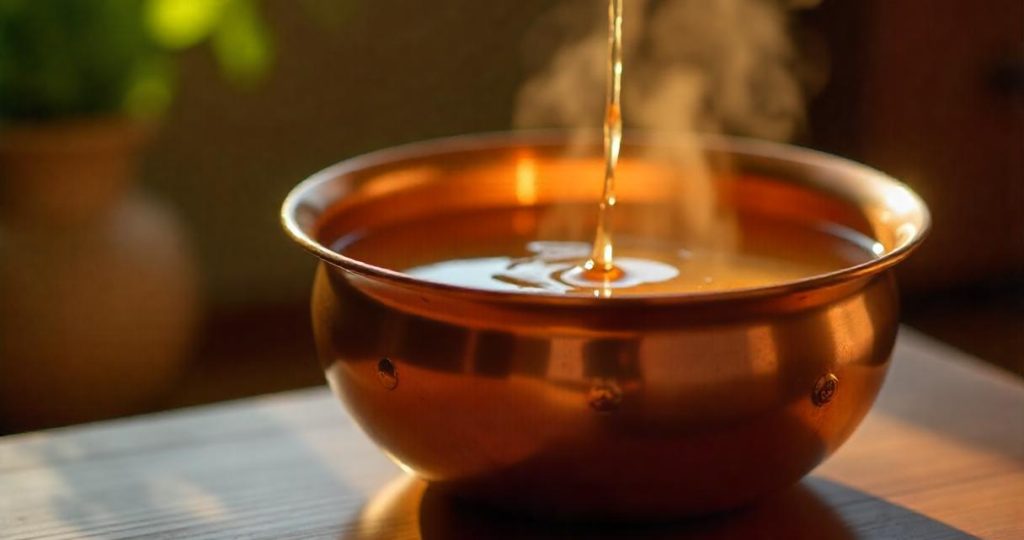
At the heart of Ayurveda lies a simple yet profound guiding principle:
“Swasthasya swasthya rakshanam, aturasya vikara prashamanam cha.”
(Charaka Samhita, Sutrasthana 30.26)
“To maintain the health of the healthy individual and to treat the disease of the sick”
This dual objective defines the true spirit of Ayurvedic medicine. Ayurveda, derived from the Sanskrit words “Ayu” (life) and “Veda” (knowledge), literally means “the knowledge of life science.” It is an eternal healing system practiced since ancient times to promote health, prevent disease, and ensure longevity. First documented in the Atharvaveda, Ayurveda is more than a medical system; it is a complete philosophy of life that harmonizes body, mind, and spirit with the rhythms of nature.
What Is Health According to Ayurveda?
In Ayurveda, health (Aarogya) is not just the absence of disease; it is a state of complete physical, mental, and spiritual harmony. Ayurveda clearly states that only a balanced condition of doshas, dhatus, and malas is Aarogya (Good health or disease-free condition), and their imbalance is the cause of ill health or disease.
समदोषा: समाग्नी: च समधातुमलक्रीय: |
प्रसन्न आत्म इंद्रियमना: स्वस्थ्य इति अभिधियते||
“Balanced doshas (biological energies), balanced Agni (digestive/metabolic fire), properly formed and functioning dhatus (body tissues), efficient elimination of malas (waste products), along with a pleasant state of the soul, senses, and mind—as per Ayurveda this is health.”
What is Panchakarma?
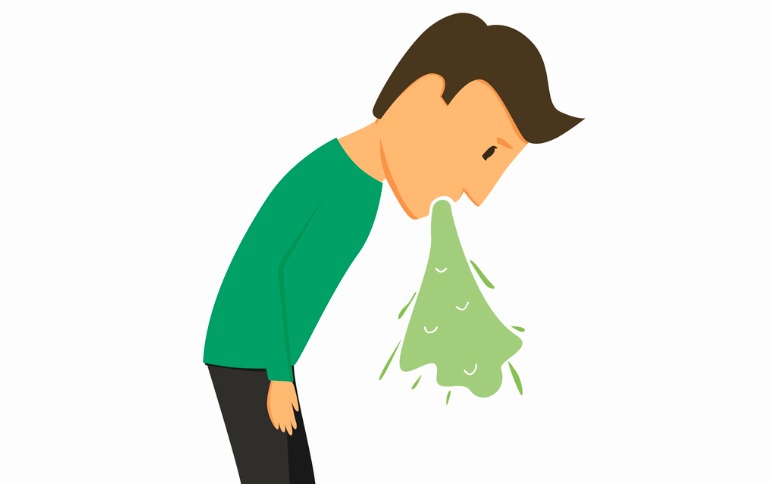
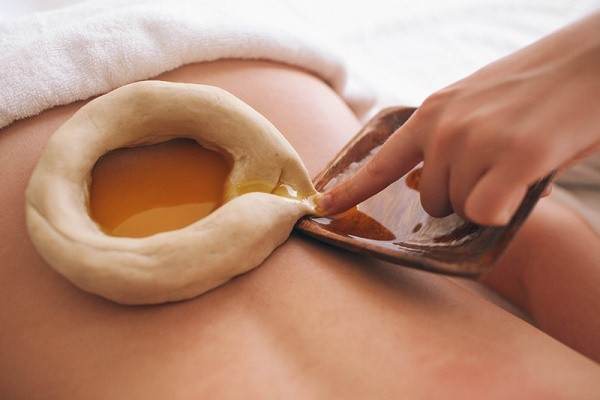
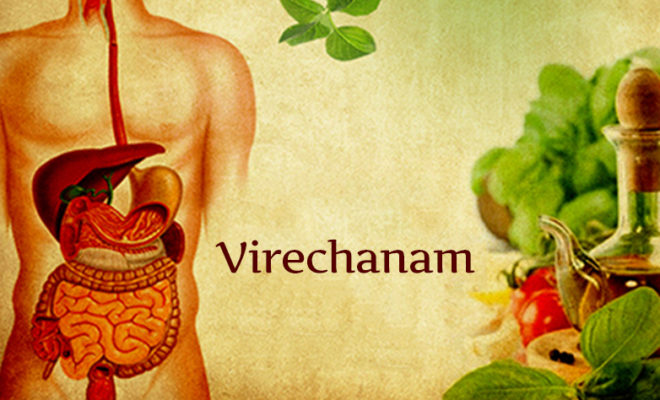
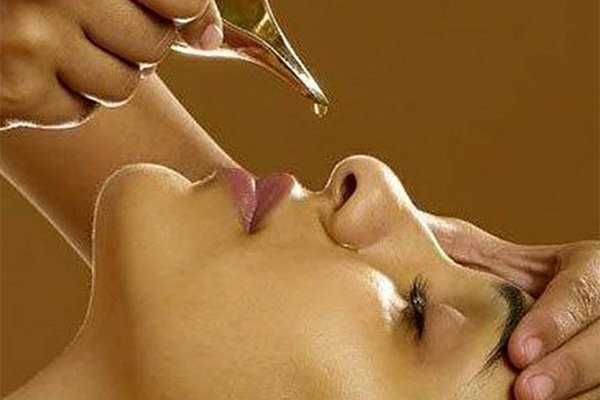
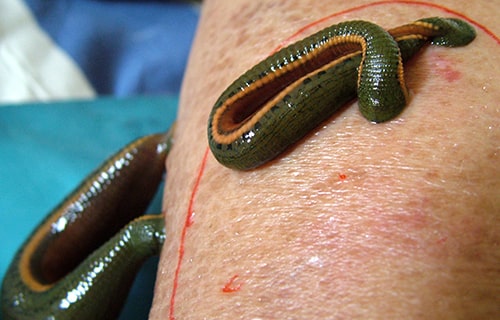
Clockwise: Vaman, Basti, Virechan, Raktamokshan, Nasya,
Source: Ayurdharmaclinic.com, shattayuayurveda.com
Panchakarma is a cornerstone of Ayurvedic therapy, which is designed to purify the body at the deepest cellular level. It focuses on detoxification (shodhana) and rejuvenation (rasayana), restoring balance to the body, mind, and consciousness.
The term “Panchakarma” comes from the Sanskrit:
- “Pancha” = Five
- “Karma” = Actions or therapeutic procedures
Together, it refers to a group of five therapeutic procedures for internal purification of the body, which aimed at cleansing the body, mind, and consciousness. This eliminates accumulated toxins (Ama), regulates Doshas (Vata, Pitta, Kapha), and rejuvenates the body from the inside out.
Objectives of Panchakarma
Panchakarma is not just a physical detoxification; it is a complete reset for your system. Its goals are
Detoxification of the Body: Removes deep toxins from tissues and organs.
Balancing the Doshas: Restores the natural harmony of Vata, Pitta, and Kapha, essential for health
Enhancing Immunity (Ojas): Strengthens the immune system and improves the body’s resistance to illness.
Promoting Longevity: Prevents the accumulation of disease-causing factors and supports graceful aging.
Rejuvenation and Vitality: Renews energy, improves clarity of mind, and promotes overall well-being.
The Five Main Panchakarma Therapies Procedure | Main Dosha Targeted | Purpose |
Vaman | Kapha | Emesis therapy (vomiting) |
Virechan | Pitta | Purgation therapy |
Basti | Vata | Enema therapy |
Nasya | Kapha (above shoulder) | Nasal administration of medicines |
Raktamokshan | Raktadhatu | Bloodletting therapy |
Vaman (Therapeutic Emesis)
Indicated for: Asthma, bronchitis, skin disorders, and obesity
Process: Use of emetic drugs to induce vomiting
Benefits: Clears the respiratory and digestive tract, removes excess Kapha
Virechan (Purgation Therapy)
Indicated for: Hyperacidity, skin disorders, liver issues
Process: Herbal laxatives are used to cleanse the intestines
Benefits: Eliminates excess Pitta, improves digestion and metabolism
Basti (Enema Therapy)
Indicated for: Arthritis, constipation, neurological disorders
Process: Medicated oil or decoction administered rectally
Benefits: Balances Vata, nourishes tissues, relieves pain
Nasya (Nasal Therapy)
Indicated for: Sinusitis, migraine, stress, memory issues
Process: Nasal administration of medicated oils/ghee
Benefits: Clears head channels, enhances brain function
Raktamokshan (Bloodletting)
Indicated for: Skin diseases, hypertension, varicose veins
Methods: Siravedha (venesection), Jalaukavacharan (leech therapy)
Benefits: Purifies blood, removes localized toxins
Pre-procedure of Panchakarma
Before undergoing the main Panchakarma therapies like Vaman (emesis), Virechana (purgation), and Basti (enema), preparatory steps are essential to loosen and mobilize the doshas (toxins).
Snehan (Oleation)
Definition: Application of medicated oils internally and/or externally to soften and mobilize toxins.
Method: External application of warm medicated oils through Abhyanga (massage).
Purpose:
Loosens accumulated doshas
Nourishes body tissues
Facilitates easier elimination during main Panchakarma therapy
Swedan (Sudation / Sweating)
Definition: Induction of sweating through steam or heat.
Method: Application of heat using medicated steam, hot bolus, or steam chambers.
Purpose:
Dilates body channels
Promotes sweating to liquefy toxins
Enhances absorption of Snehan
Sthanik Snehan & Swedana (Localized Oleation & Sudation)
Definition: Application of oil and heat to specific body parts.
Common Use: Especially done before Nasya Karma (nasal therapy) — typically on the face, head, and neck.
Purpose: Prepares the localized area for better absorption and effectiveness of the Nasya therapy.
Post-procedure of Panchakarma
After completion of the main Panchakarma therapies, the body needs gradual restoration to regular diet and lifestyle.
Sansarjan Karma (Dietary Regimen)
Definition: A structured post-Panchakarma diet plan.
Phases of Diet:
Peya – Thin rice gruel
Vilepi – Thick rice gruel
Kritakrita Yusha – Light vegetable soup
Kritakrita Mamsarasa – Light meat soup
Purpose: Gradually rekindles digestive fire (Agni), Prevents digestive shock, Helps sustain the therapeutic effects.
Dhumapana (Medicated Smoke Inhalation)
When: After Vamana (therapeutic emesis).
Purpose:
Clears residual Kapha from the upper respiratory tract
Prevents complications like cough, cold, or heaviness
Kavala (Gargling with Hot Water/Decoction)
When: After Nasya (nasal therapy)
Purpose:
Clears throat and oral cavity.
Removes residual oil or kapha
Maintains hygiene and promotes oral health
Benefits of Panchakarma
Enhances digestion, absorption, and assimilation at all levels (physical, mental, spiritual)
Improves sleep quality and provides deeper, more restful sleep
Detoxifies body and mind, eliminating toxins
Restores balance of Doshas and promotes holistic health
Strengthens the immune system and builds disease resistance
Promotes tissue rejuvenation and supports longevity
Normalizes menstrual cycles and supports hormonal balance
Boosts mental clarity, emotional stability, and overall awareness
Increases physical flexibility and mobility
Counters stress and slows the aging process
Induces deep relaxation and enhances a sense of well-being
Contraindications
Pregnancy
Extreme weakness or emaciation
Certain acute infections or emergencies
Children and elderly (need adapted versions)
Conclusion
Panchakarma is a powerful, time-tested method for detoxification and rejuvenation. Panchakarma empowers the body’s innate ability to heal and renew. It offers holistic healing by balancing mind, body, and spirit. Incorporating Panchakarma under expert supervision can lead to optimal health and well-being.
References
Charaka Samhita
Ashtanga Hridaya
Modern Ayurveda textbooks and journals

